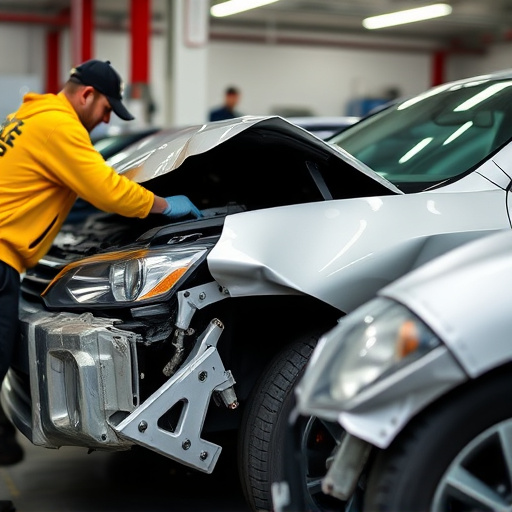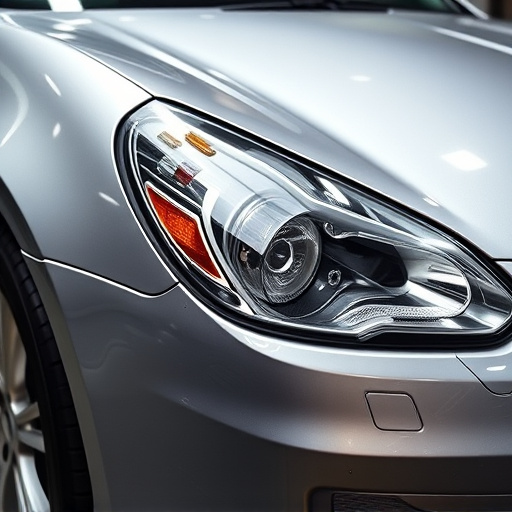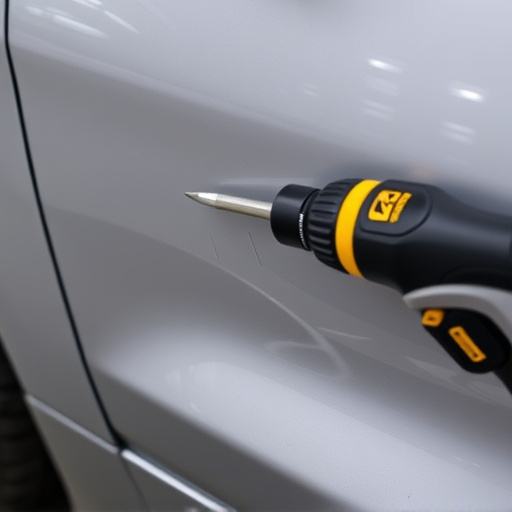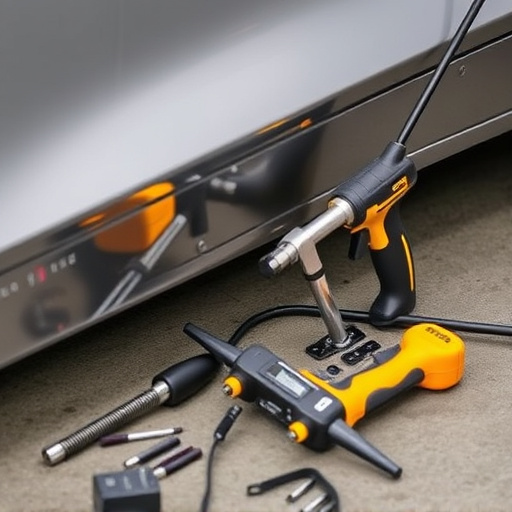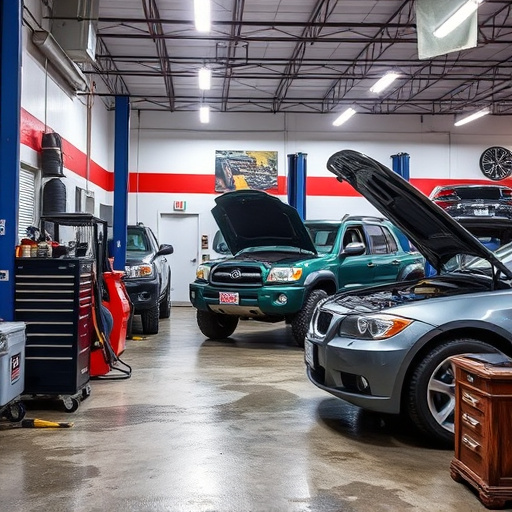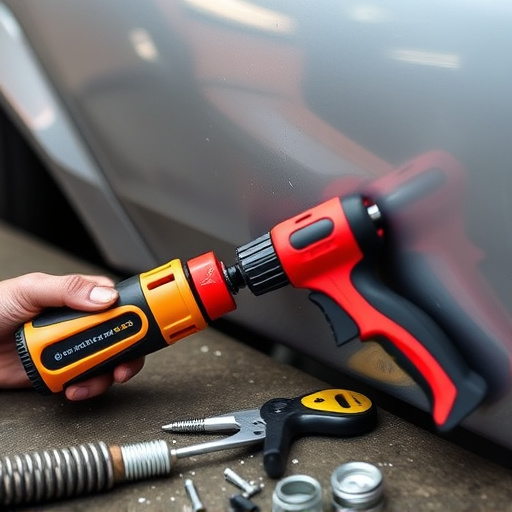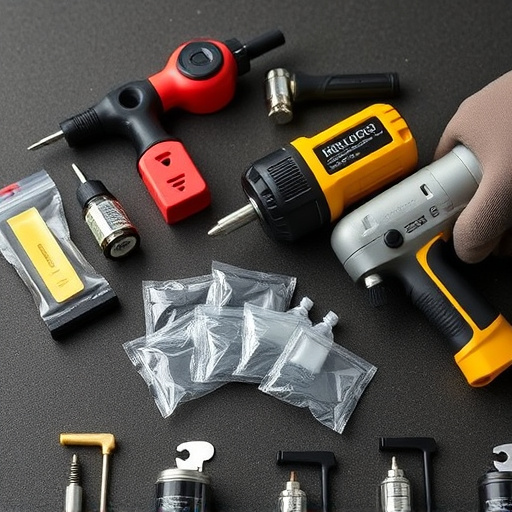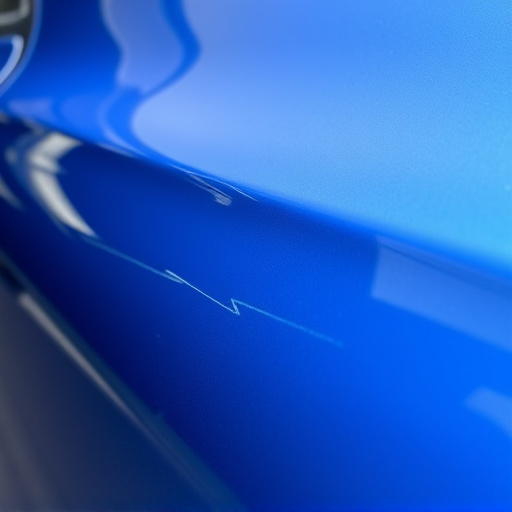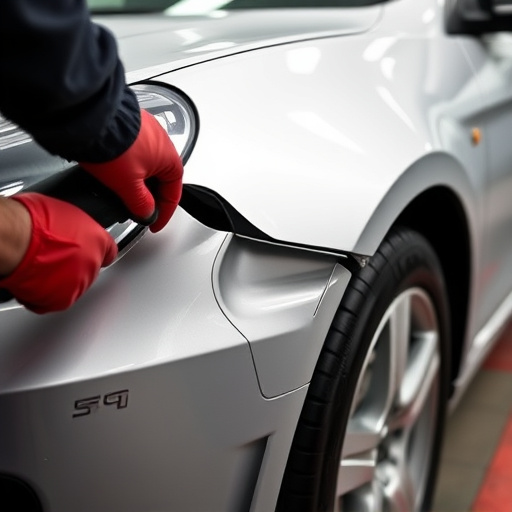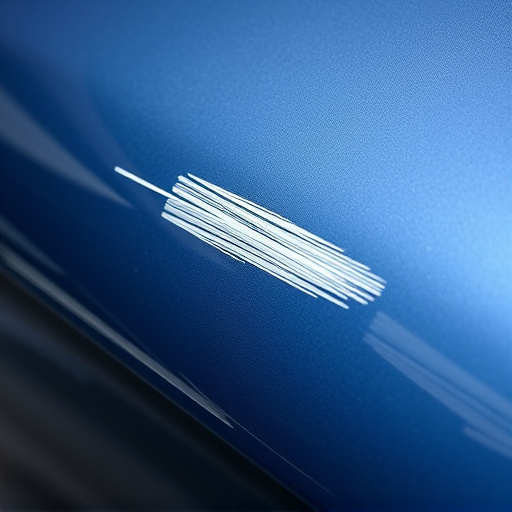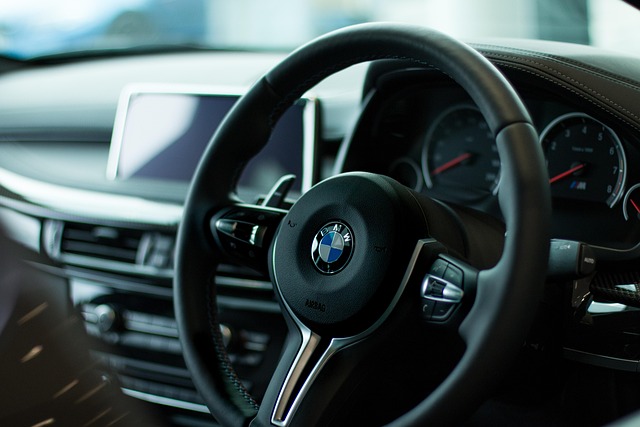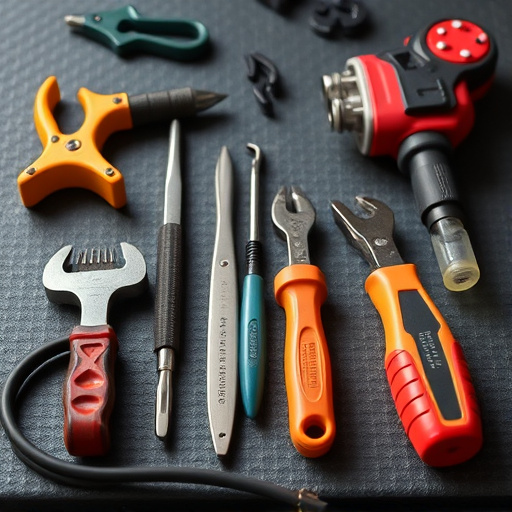The Mercedes air balance system, vital for fuel efficiency and performance, relies on sensors for precise air-fuel ratio adjustments. DIY maintenance requires safety precautions, proper tools, and expertise; mistakes can cause engine issues and unsafe driving conditions. Consulting a mechanic is recommended. Tire balance, a DIYable task, involves checking PSI, removing and reinstalling weights correctly to optimize fuel efficiency and ride quality.
Can you perform DIY Mercedes air balance system maintenance? Absolutely! This comprehensive guide walks you through everything you need to know. From understanding the basics of the Mercedes air balance system to essential tools and safety precautions, we’ve got you covered. Learn how to balance your tires step-by-step for optimal performance and safety. Take control of your vehicle’s suspension with these easy-to-follow instructions tailored specifically for Mercedes owners.
- Understanding Mercedes Air Balance System Basics
- Tools and Safety Precautions for DIY Maintenance
- Step-by-Step Guide to Balancing Your Mercedes' Tires
Understanding Mercedes Air Balance System Basics

The Mercedes air balance system is a complex network designed to ensure optimal oxygen distribution within the vehicle’s engine. It plays a pivotal role in enhancing fuel efficiency and engine performance, which are hallmarks of the Mercedes brand. At its core, this system involves sensors that monitor atmospheric pressure and adjust air-fuel ratios accordingly. This precise control is crucial for maintaining the engine’s health, especially during varying driving conditions.
Understanding how this system functions is essential when considering DIY maintenance. While some tasks, like replacing filters, might be within a dedicated car enthusiast’s comfort zone, more intricate procedures related to sensor calibration and diagnostic scanning are typically best left to professionals. After all, incorrect adjustments could lead to not just engine issues but also potential hazards during driving, especially with cars that have undergone repairs for incidents such as car collision repair or have had their paint services touched up due to minor scratches.
Tools and Safety Precautions for DIY Maintenance
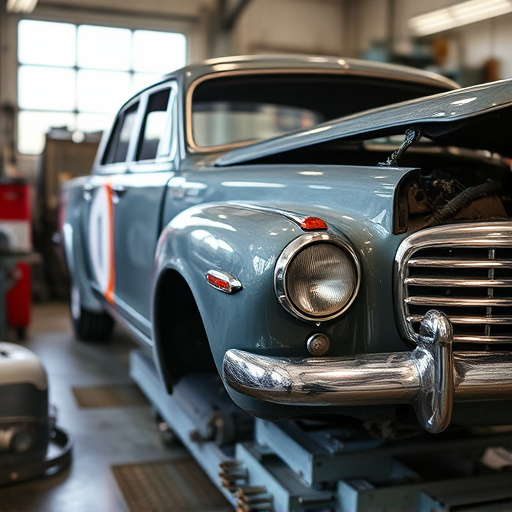
When attempting Mercedes air balance system DIY maintenance, safety should always be your top priority. This involves securing the proper tools, including a multimeter, torque wrench, and a set of socket wrenches, to ensure accurate measurements and adjustments without causing damage. Protective gear such as gloves and safety glasses is also essential, shielding you from potential hazards like sharp edges or exposed wiring.
Understanding that the Mercedes air balance system is integral to your vehicle’s performance and safety, it’s crucial to approach this task with care. Avoid using subpar tools or making hasty decisions, as incorrect adjustments can lead to issues with tire pressure, wear on components, and even unsafe driving conditions. If you’re unfamiliar with car repair services or classic car restoration techniques, consider seeking guidance from a qualified mechanic before attempting any DIY work.
Step-by-Step Guide to Balancing Your Mercedes' Tires
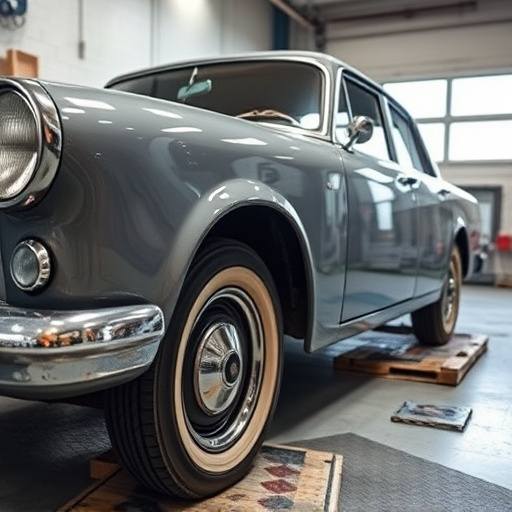
Maintaining your Mercedes’ tire balance is an essential aspect of vehicle care that many owners may overlook. While professional services are readily available, learning how to DIY this process can save time and money. Here’s a comprehensive step-by-step guide to help you achieve perfect balance for your Mercedes tires.
1. Begin by ensuring your car is on a level surface and apply the parking brake for safety. Remove any wheel covers or hubs to access the individual wheels. Inspect each tire, checking for any visible damage, such as cuts, punctures, or imbalances caused by a previous fender bender or paintless dent repair. Replace or repair any issues before proceeding. 2. Use an air pressure gauge to check the current PSI (pounds per square inch) of each tire. Adjust the pressure to the recommended level specified in your Mercedes’ owner’s manual. Proper inflation is crucial for optimal balance and fuel efficiency. 3. Locate the tire balance weight on each wheel, usually a small metal component attached to the rim. Remove these weights using a suitable tool to gain access to the inside of the wheel well. 4. Inspect the wheel itself, looking for any signs of misalignment or damage that could impact balance. Ensure the wheel is clean and free from debris or corrosion. 5. Reinstall the balance weights, positioning them correctly based on your vehicle’s specifications. Tighten securely but avoid over-tightening to prevent damage to the car’s bodywork or wheels.
While the DIY process can save costs, it’s crucial to approach Mercedes air balance system maintenance with caution. This guide provides a foundation for your understanding and safety, but complex systems like these may require professional attention for optimal results. Regular checks and balanced tires are key to ensuring both vehicle performance and safety, so don’t hesitate to consult a specialist if needed. Remember, even with the best DIY efforts, some tasks are best left to the experts.
